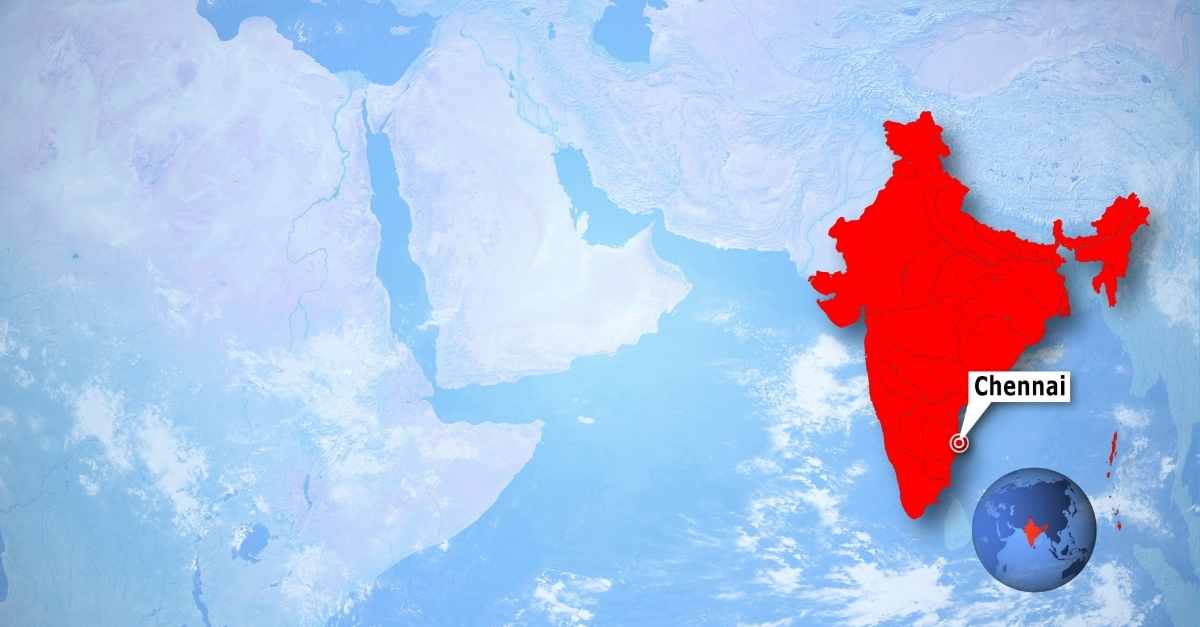Last month, in Moving Manufacturing to Vietnam, Thailand, Malaysia, or India (Pros & Cons), I compared 4 manufacturing hubs in Asia that seem well-positioned to receive additional activity, as many American companies try and “decouple” from China:
- Ho Chi Minh City (Vietman)
- Kuala Lumpur (Malaysia)
- Bangkok (Thailand)
- Chennai (India)
Chennai has been ramping up its manufacturing activity
Well, it seems Chennai has been ramping up its activity fast. Maybe even too fast, as the article Foxconn India iPhone plant extends closure, workers’ hostels inspected suggests.
Long story short, Foxconn now employs 17,000 workers there, and those workers haven’t been properly housed or fed. The company’s response? They have “ramped up production too quickly”.
About 1 year ago, a competitor of Foxconn, Wistron (also a huge contract manufacturer from Taiwan) ran into trouble and faced worker unrest.
Oh, and that factory is close to Bangalore, only about 200 km from Chennai. And it also makes iPhones. No surprise, as Apple has worked hard on diversifying its sources.
Is it only Apple?
Of course not. I had a look in the town of Sriperumbudur, just outside of Chennai. It is historically specialized in automotive parts, to supply the nearby Hyundai plant and others, and in chemical manufacturing (glass, paint, various polymers, cement…).
It now also counts a lot of electronics factories, too: Dell, Samsung, Foxconn, Jabil, Flextronics, Lenovo, Motorola, etc.
And this is quite significant. It means that, over time, this cluster will appear more and more as component manufacturers. It may not develop to the point where the Shenzhen/Dongguan hub is put to shame, but it may be enough to make the jump to India much easier.
Analyzing the Chennai area’s pros & cons
As a reference, my analysis of the Chennai area last year was as follows:
Pros
- Large local manufacturing base (automative and electronic products). That should help foster the appearance of more local part factories.
- Wide job market with some well-trained people.
- A relatively large domestic market that, if the current trends continue, will try to avoid buying made-in-China products.
- It is said to be the safest city in India. That doesn’t necessarily translate to a great quality of life, but it is an important factor.
- Relatively low labor rate (partly compensated by lower productivity, many people will say… but that’s only if you don’t have good process engineers to set up good work stations).
Cons
- There are nearly 70,000 new cases of COVID 19 a day these days. But it seems possible to fly there.
- Corruption is not huge (No. 80 in the Transparency International ranking: exactly the same as China).
- Ease of doing business: No. 63 in the world. And Chennai is near the bottom of the list when one compares the major Indian cities.
- Currency is not very stable in front of the USD.
- It’s further away from North America (but closer to EU countries).
Conclusion
I will also mention my conclusion of last year’s article, as I believe in this even stronger today:
If you already have production in China, what is the set that will bring your risk exposure down the most? Is it China + Vietnam? Two neighbouring countries that are similar in more than one way?
In contrast, China + India seems like a good risk mitigation combination, since India is part of the nascent ‘anti-China block’. Except if they go to war against each other, naturally, but that seems unlikely.
Many events of the past 3 years have taken us by surprise, and there is much uncertainty about what will happen over the next 5-10 years. That uncertainty actually makes supply chain diversification more important.
Read more about manufacturing in India
- SE Asia and India are more competitive than China on wages as of 2021, but should we abandon China?
- Manufacture in China, Vietnam, India, or Elsewhere in 2021? [Podcast]
- Overview of the Indian Production Sector
- 12 Plastic Injection Molding Companies In India
- List of PCB Manufacturing Companies in India

